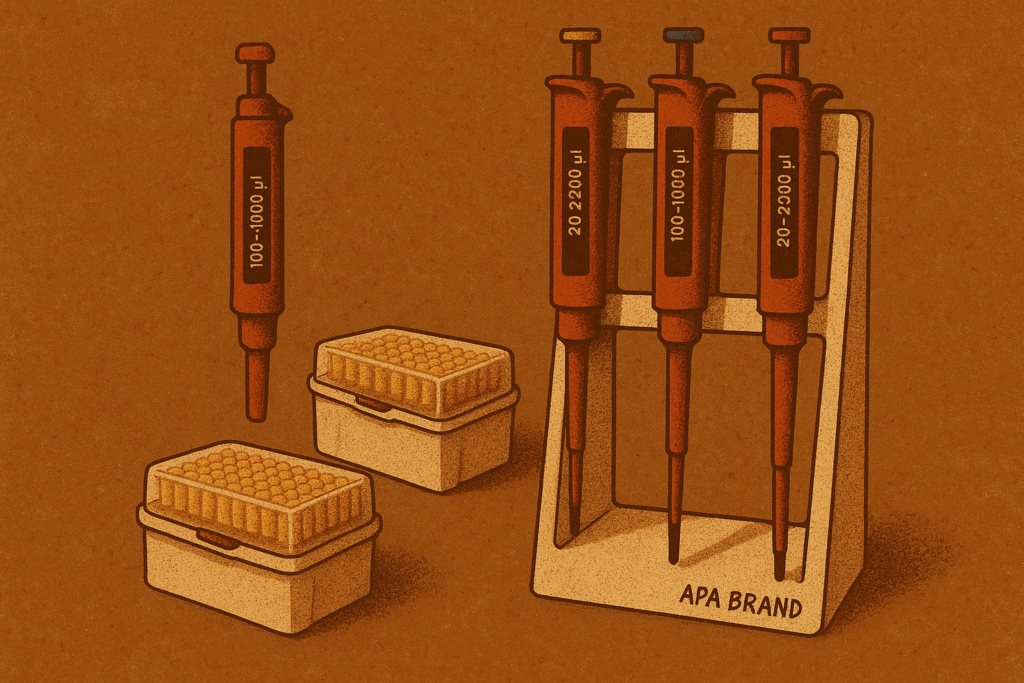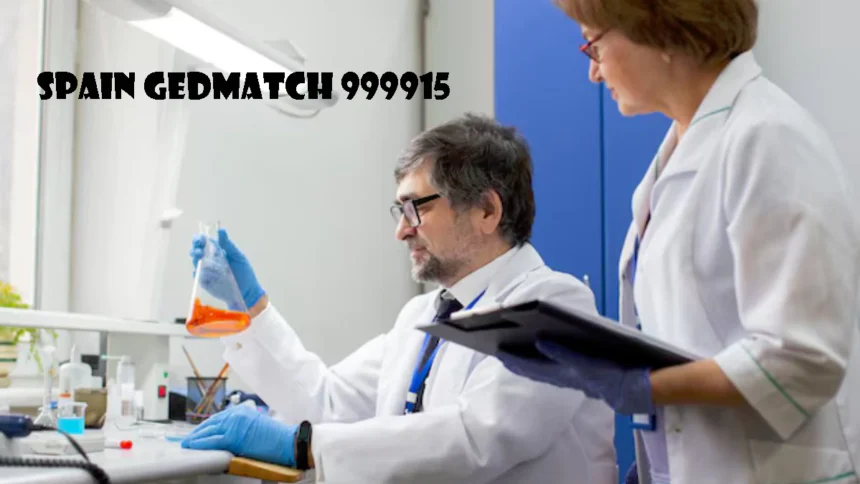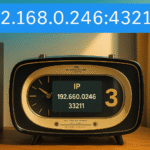In today’s world, people are increasingly curious about their ancestry. DNA testing has become more common, with services like AncestryDNA, 23andMe, and MyHeritage offering quick ways to discover your heritage.
However, GEDmatch goes a step further. It is a public DNA comparison tool that allows users to upload raw data and explore connections beyond their immediate family history.
One of the most fascinating features of GEDmatch is its ancient DNA database. It lets you compare your modern genetic profile with that of people who lived thousands of years ago. Among the most notable samples is Spain GEDmatch 999915—a genetic record from a 7,000-year-old man discovered in the caves of northern Spain.
This sample, also known as La Braña 1, opens a window into the lives of prehistoric humans. Comparing your DNA to his may show that you share ancient roots with one of Europe’s earliest inhabitants.
What is Spain GEDmatch 999915?
Spain GEDmatch 999915 refers to an ancient DNA sample indexed in GEDmatch under the kit ID F999915. This sample comes from the skeletal remains of a Mesolithic man found in La Braña-Arintero, a cave in León, Spain. The discovery was made in 2006, but full genome sequencing and analysis came later.
This individual is often referred to as La Braña 1. He lived around 7,000 years ago, before the spread of agriculture into the Iberian Peninsula.
This was a time when people were hunter-gatherers, surviving off the land by hunting animals, fishing, and gathering plants. Farming had not yet arrived, and people moved in small bands, living a rugged, mobile lifestyle.
La Braña 1’s DNA is very special. He had dark skin, blue eyes, and black hair—a surprising combination that contradicts earlier beliefs that blue eyes and light skin always came together.
His genetic makeup is classified as Western Hunter-Gatherer (WHG), a group that once populated much of Western Europe before being replaced or absorbed by incoming farmers and herders.
Historical Significance of La Braña-Arintero
La Braña-Arintero is not just another archaeological site. It represents one of the best-preserved Mesolithic human remains in Western Europe.
The genome extracted from La Braña 1 is one of the oldest known complete human genomes. That makes it incredibly valuable for scientists studying the prehistory of Europe.
At the time La Braña 1 lived, Europe was beginning to experience big changes. Farming had started in the east and was slowly spreading westward.
But the Iberian Peninsula remained one of the last strongholds of hunter-gatherer life. La Braña 1’s DNA shows a person untouched by agriculture or the genetic influence of farming societies.
This makes his genome a “pure” representation of the genetic profile of Mesolithic Europe. Understanding his DNA helps scientists trace the evolution of human traits, such as skin color, disease resistance, and dietary tolerance (like lactose intolerance).
How to Use GEDmatch to Compare With Spain 999915
If you’ve done a DNA test with any major provider, you can explore your ancient connections using GEDmatch. Here’s a step-by-step guide to comparing your results with Spain GEDmatch 999915:
Download Your Raw DNA Data
Go to your DNA testing account (AncestryDNA, 23andMe, MyHeritage, etc.) and download the raw data file.
Create a GEDmatch Account
Visit www.gedmatch.com and sign up for a free account.
Upload Your DNA
Upload your raw data to GEDmatch. It takes a few hours to process your data.
Use the Comparison Tool
After processing, go to “One-to-One Autosomal Comparison” or “Ancient DNA Matching.” Enter the kit ID F999915 in the comparison field.
Read the Results
GEDmatch will show if you share any DNA segments with the ancient La Braña 1 genome. Even small matches are significant when comparing with ancient DNA.
Remember: if you share segments with La Braña 1, it doesn’t mean you’re his direct descendant. It simply means you share ancestral genetic material from the same population thousands of years ago.
What You Can Learn from Spain GEDmatch 999915
Comparing your DNA to this ancient sample can uncover deep ancestral connections that go far beyond family trees and surnames. Here are some key things you can learn:
- Prehistoric ancestry: You may carry DNA from the earliest known Europeans.
- Regional roots: If you have Iberian or broader European ancestry, this sample helps show where it may have started.
- Ancestral migration: Understanding the movement of ancient people helps explain how your DNA traveled through time.
- Traits and evolution: Traits like eye color, skin tone, and lactose tolerance have genetic origins that can be traced through ancient samples like this.
This type of analysis is not about finding your great-great-grandfather. It’s about understanding your connection to the first humans who lived and survived in Europe.
Genetic Legacy and Modern Iberians
Today, people in Spain and Portugal carry DNA from a mix of ancient sources:
- Western Hunter-Gatherers (WHG) like La Braña 1
- Early European Farmers (EEF) who arrived from Anatolia (modern-day Turkey)
- Yamnaya/Steppe herders who came from the east thousands of years later
Modern Iberians are mostly a blend of these three ancestral groups. While La Braña’s population declined with the spread of farming, their DNA didn’t disappear. Instead, it was mixed into later populations and still lives on in many people today.
Your DNA may contain fragments from all of these groups. Matching with Spain GEDmatch 999915 shows that your ancestors were part of Europe’s deep and diverse genetic history.
Limitations to Keep in Mind
While this process is exciting, it’s important to understand its limits:
- Ancient DNA matches are usually very small, sometimes under 1 cM.
- Not all matches are meaningful—random segments can sometimes appear.
- GEDmatch tools can vary, and updates to the platform may affect how results display.
- Interpretation needs context—read about ancient populations to fully understand your results.
This is not a tool for finding recent relatives. It is a way to connect with the ancient story of human life.
Conclusion
Spain GEDmatch 999915 is more than a test result—it’s a connection to the distant past. Through the bones of a man who walked the hills of northern Spain 7,000 years ago, we can discover parts of ourselves we never imagined.
Whether you’re a DNA enthusiast, a history lover, or simply curious about who you are, comparing your DNA to La Braña 1 can be an emotional and educational experience.
It shows how the story of humankind is deeply shared—written in our genes and passed down through time.
In every piece of your DNA, there is a story waiting to be uncovered. And Spain 999915 is one of the oldest and most fascinating chapters of that story.
FAQs
What is Spain GEDmatch 999915 in simple terms?
Spain GEDmatch 999915 is the ancient DNA of a 7,000-year-old man from Spain used to compare modern genetic ancestry.
How can I compare my DNA with the Spain 999915 sample?
Upload your raw DNA to GEDmatch, then use the “One-to-One” or “Ancient DNA Match” tool with kit ID F999915.
What does it mean if I match with Spain GEDmatch 999915?
It suggests you share distant ancestry with Mesolithic hunter-gatherers from ancient Iberia—not direct descent.
Who was La Braña 1 in genetic history?
La Braña 1 was a Mesolithic man with dark skin and blue eyes, representing Europe’s early hunter-
Can anyone with European ancestry find a match with this kit?
Yes, many people with European roots may show small matches due to shared ancient population genetics.
Also Read:
janell kochevar with element 3: Where Marketing Meets Mission-Driven Communication
Tiwzozmix458 for Businesses: Streamlining E-commerce and Data Flowv
That-bites.org foodies: A Delicious Destination for Culinary Enthusiasts
Greece Katz Martian: Culture, Art, and Unexplained Visions
Quotela.net: A Modern Destination for Daily Inspiration, Quotes, and Lifestyle Trends
#mobilecreativeorg: The Rise of Mobile-First Creativity Worldwide











